Ultradent Ultrapak Cord
12 in stock
- Knitted Cord For Tissue Displacement
Starting at: $1300.00
| Ultradent Ultrapak Cord #0 (Purple and White) (131) | $1300.00 |
-
+
|
In Stock | ||
| Ultradent Ultrapak Cord #00 (Black and Yellow) (136) | $1950.00 |
-
+
|
In Stock | ||
| Ultradent Ultrapak Cord #000 (Black and Purple) (137) | $2150.00 |
-
+
|
In Stock | ||
| Ultradent Ultrapak Cord #1 (132) | $1300.00 |
-
+
|
In Stock | ||
| Ultradent Ultrapak Cord #2 (133) | $1350.00 |
-
+
|
In Stock |
Packaging
Ultradent Ultrapak Cord:
- 1 x Bottle of cord (8ft/244cm)
Ultradent Ultrapak Cord Kit (130):
- 1 x #00 cord
- 1 x #0 cord
- 1 x #1 cord
- 1 x #2 cord
- 1 x Ultrapak organizer
Directions to use
STEP 1: PREPACK. To ensure cord retention during preparation, use a cord large enough to firmly compress into sulcus. Open proximal contacts and place Ultrapak knitted cord soaked in hemostatic solution. Because Ultrapak compresses upon packing, use a cord size that appears too large. The thin Ultrapak Packer quickly slips cord into position. The knitted cord’s unique design (interlocking loops) facilitates easy packing and locks it into place.
STEP 2 : PREPARATION. Extend margin subgingivally by cutting partway into knitted cord, which won’t entangle in the diamond bur. Remove remnant of cord with calcium hydroxide applicator (tiny ball end). Bleeding is minimal. A small portion of uncut tooth above the gingival attachment is preserved to record in the impression.
STEP 3: HEMOSTASIS AND IMPRESSION. Rub the Dento-Infusor tip against bleeding tissue as solution is slowly expressed. Rinse with a firm air/water spray to clean and check for complete hemostasis. If bleeding is noted, repeat these steps. If additional retraction is required, repack with appropriate-size cord. Air dry and make impression.
How long should the cord be left in the sulcus?
What length of cord should I use?
How will I know if the retraction is adequate?
Are there times when I shouldn’t use cord impregnated with epinephrine?
What is the benefit of the knitted cord over braided cord?
Features
- The original—and smallest—knitted cord
- Provides rapid tissue displacement, detailed margins, and quality impressions
- Facilitates easy packing and stays placed better than any twisted or braided cord
- Compresses upon packing then expands for optimal retraction
- Does not entangle in diamond bur
- Bright colors facilitate easy location and removal
- Available with or without epinephrine*
- High carbon steel blade ensures a clean cut
- Thin plastic gate prevents cord from falling into the bottle upon cutting
- Ruler printed on label provides easy cord measurement
FAQ's
How does bleaching work?
- The whitening process is possible due to the ability of the carbamide peroxide and hydrogen peroxide to freely pass through enamel and dentin and to permeate to all parts of the tooth.10 These peroxides break down into oxygen radicals, which migrate between the enamel prisms, breaking down any colored molecules that result in tooth discoloration. The structure of the tooth is not altered; the internal tooth color is simply made lighter.
- Whitening agents break down into tiny molecules and move in all directions, so even if the entire tooth is not covered with gel, the entire tooth is whitened.11
- Numerous studies have proven the effectiveness of peroxides in whitening teeth. Enamel, dentin, existing fillings, and bonding materials are not harmed by the whitening materials
Will whitening affect bond strength?
- Even though whitening agents release a great amount of oxygen into the tooth, existing bonds are not weakened
- If whitening before bonding, allow a period of 7–10 days after whitening. The high concentration of oxygen in the tooth could significantly and adversely affect polymerization of the resins
How long do whitening results last?
- Whitening results are very stable, but depending on the patient’s nutrition and lifestyle habits, the procedure may need to be redone periodically. Due to the safety of the whitening agents, this should not concern the dentist or patient
Will whitening cause tooth sensitivity?
- Tooth sensitivity is a relatively common side effect of whitening. If sensitivity occurs, it is transient and disappears after the completion of the whitening procedure.


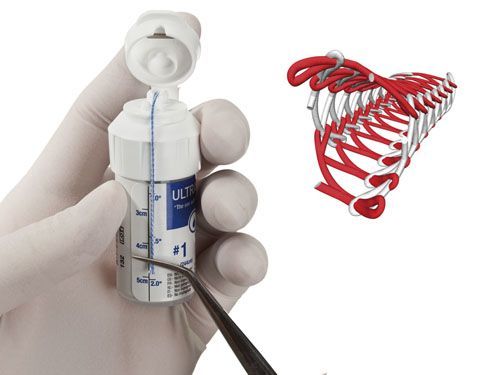


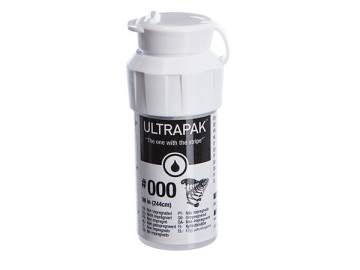
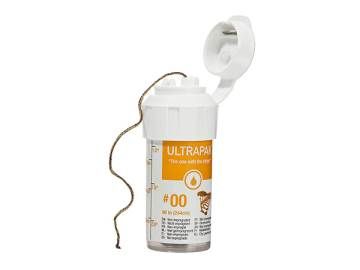

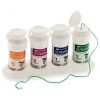

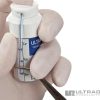

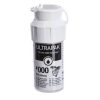
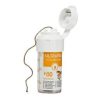
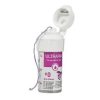
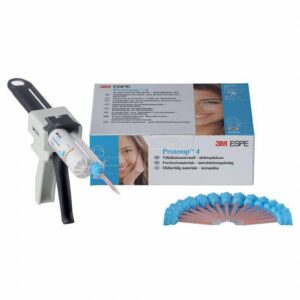
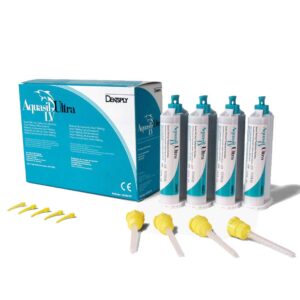

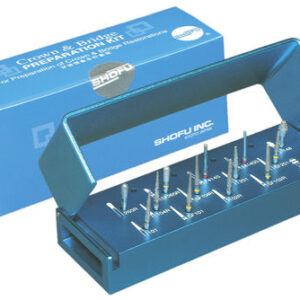
There are no reviews yet.